
¿Qué es la certificación en Power BI?
Qué es la certificación Power BI y conoce las diferentes certificaciones que ofrece Netmind para validar tus competencias profesionales.
Utiliza nuestro buscador para acceder a los contenidos que necesitas.

Qué es la certificación Power BI y conoce las diferentes certificaciones que ofrece Netmind para validar tus competencias profesionales.
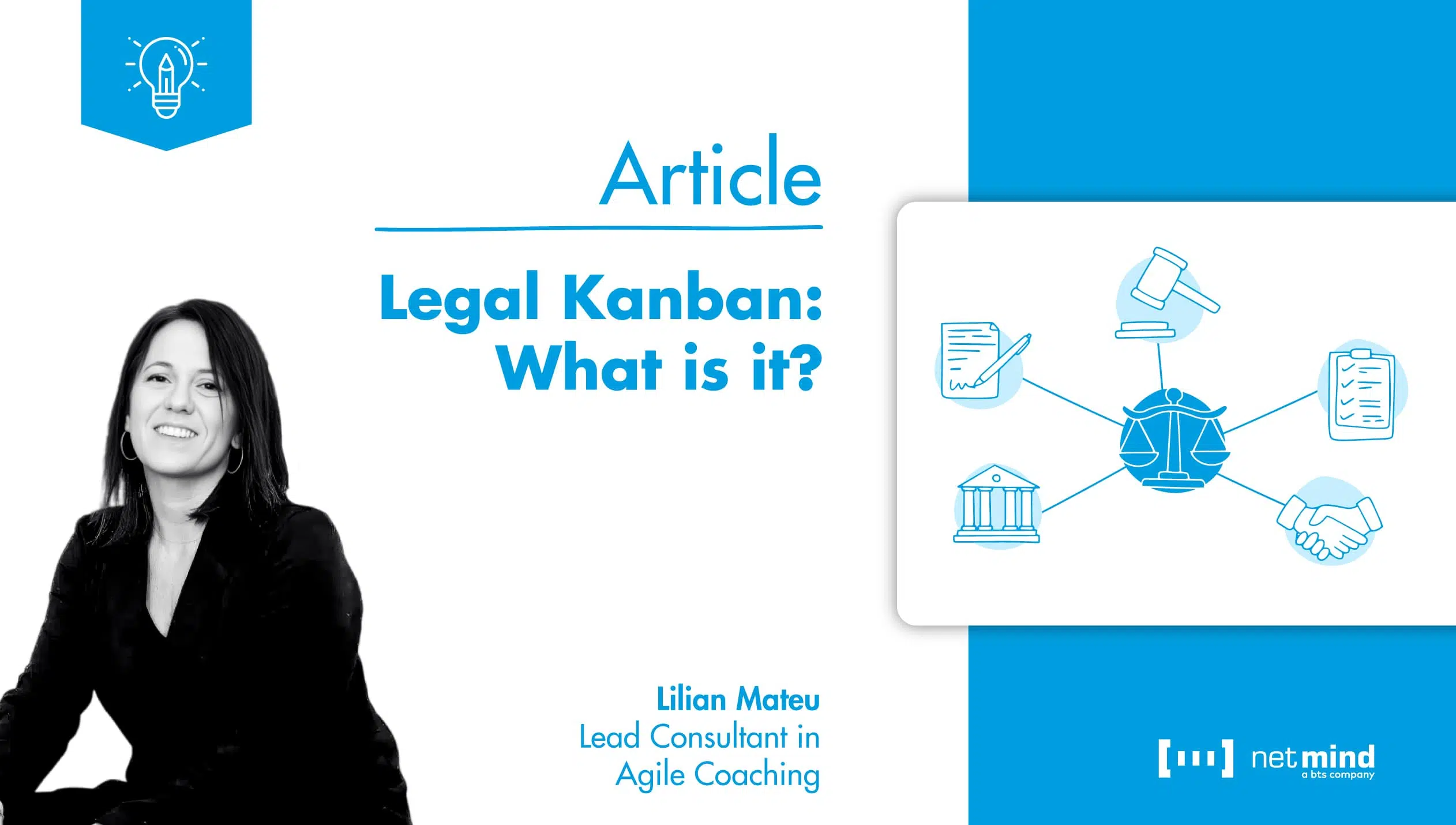
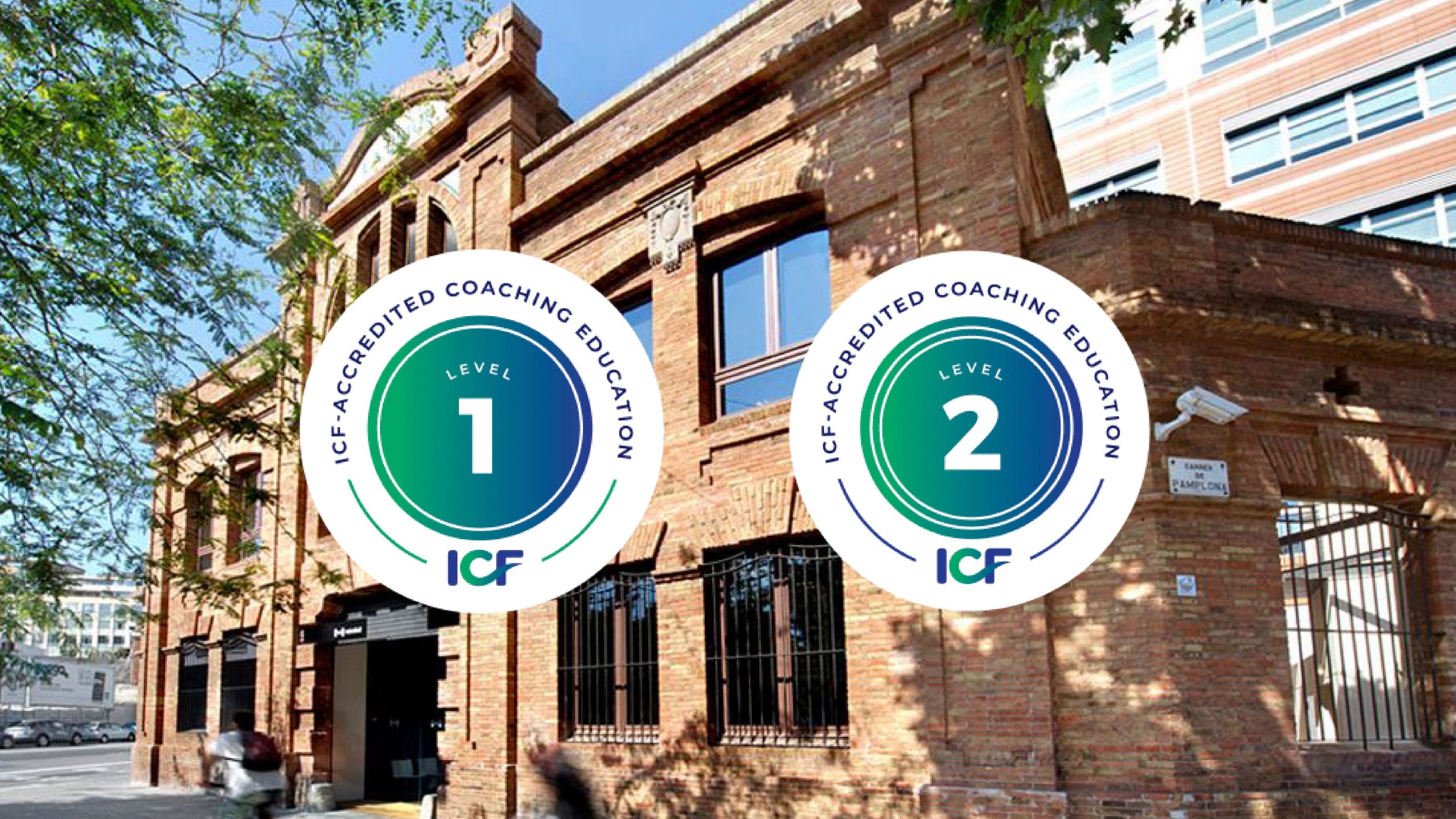
From Netmind, we are


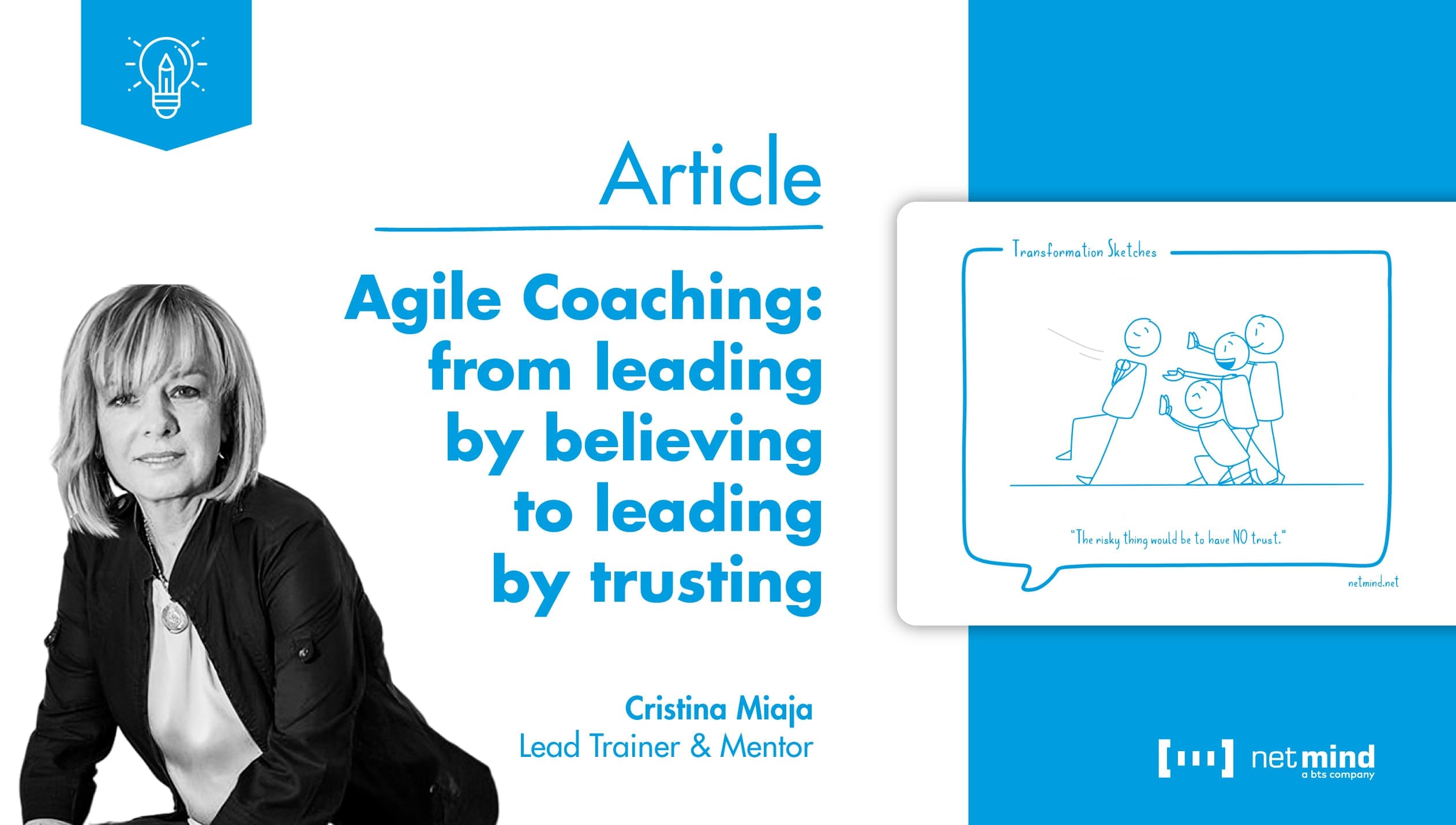
Pursuing business agility For
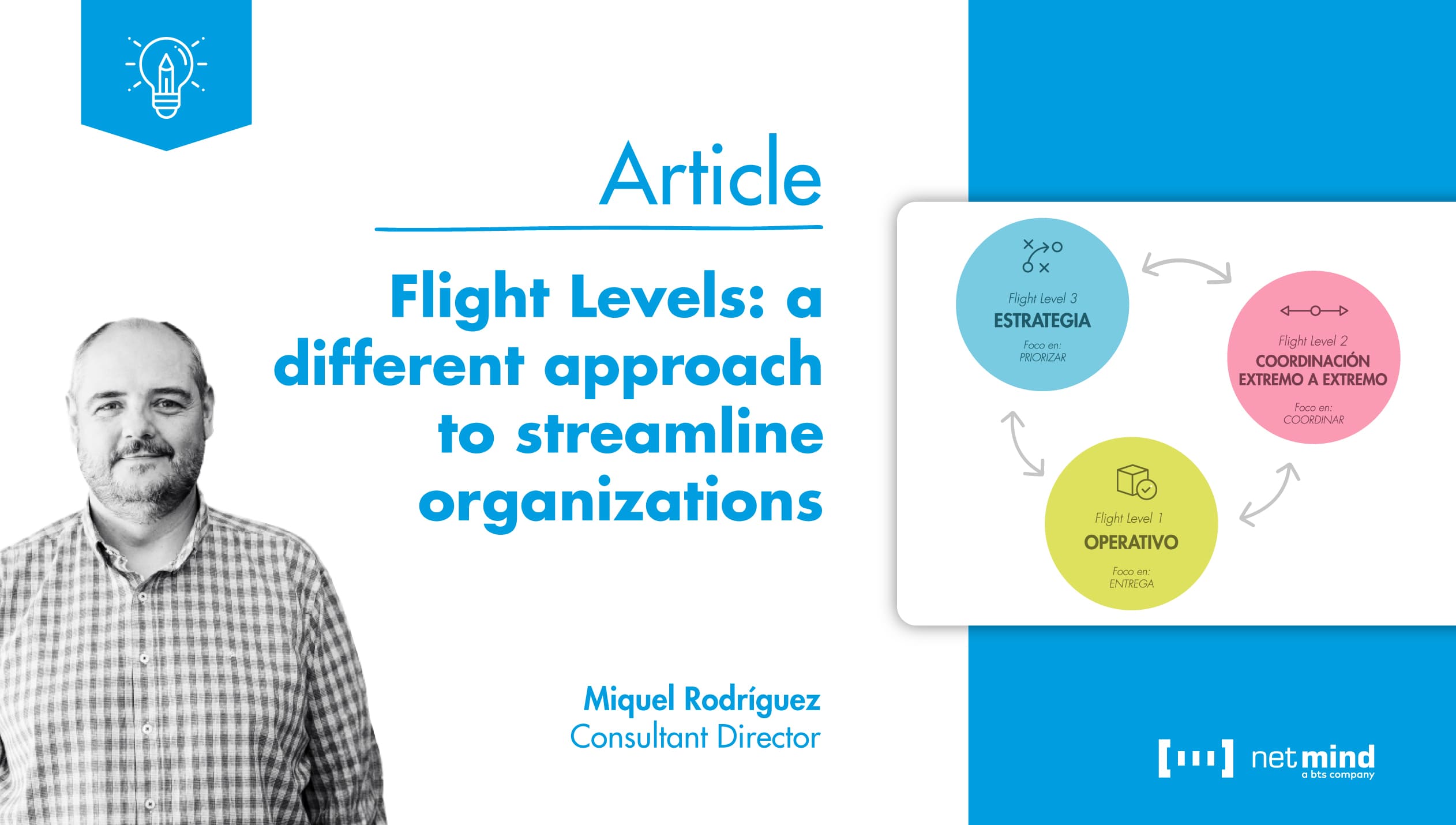
Pursuing business agility For

How often do we

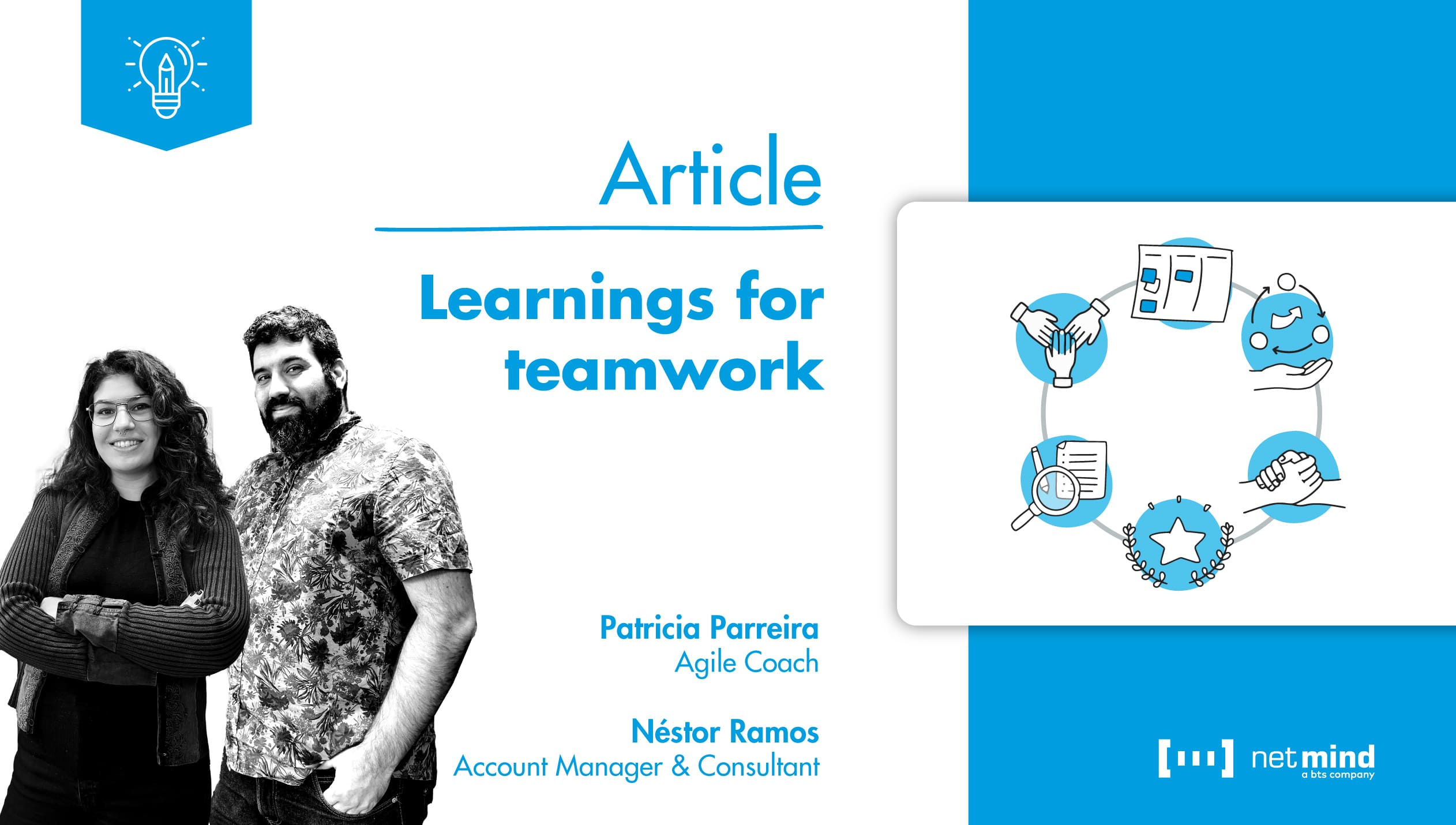

Agile: transformation is with

© Copyright 2023. Netmind. All rights reserved.
Netmind España
Barcelona +34 933 041 720
Madrid +34 914 427 703
Nos puedes encontrar de:
Lunes – Viernes, 9:00-18:00 (GMT+1)
¡Te ayudamos!
info@netmind.net
¿Dudas sobre servicios/formaciones?
comercial@netmind.net